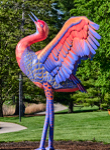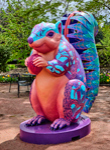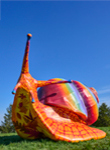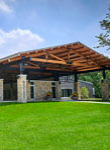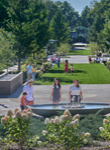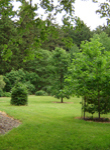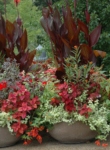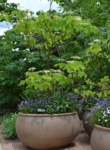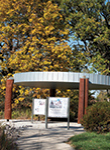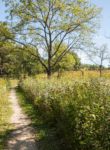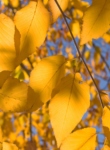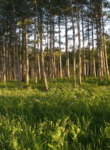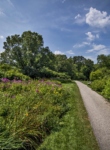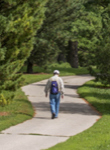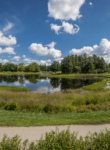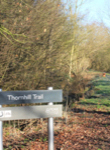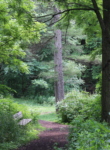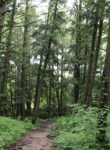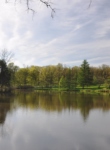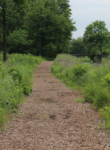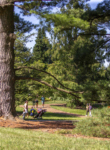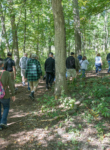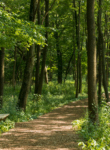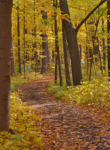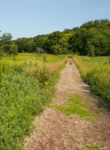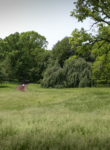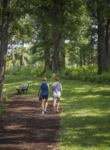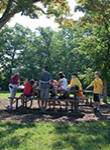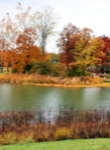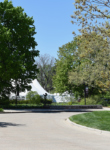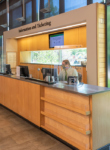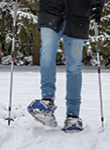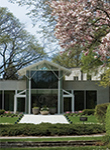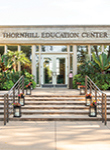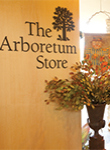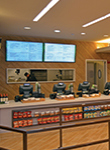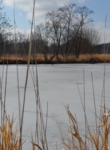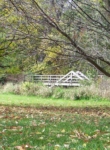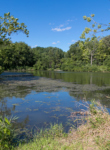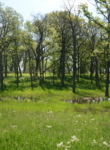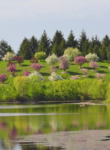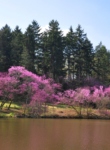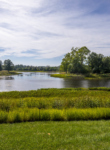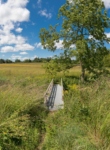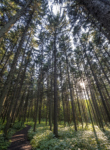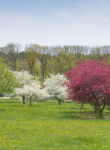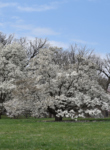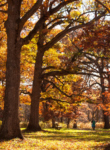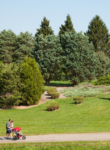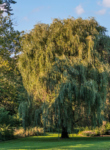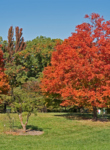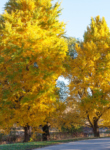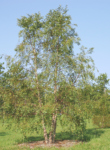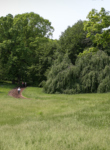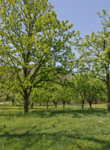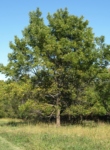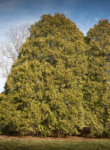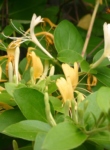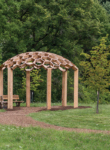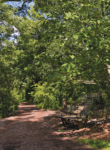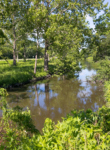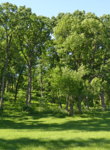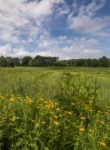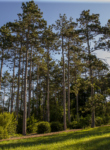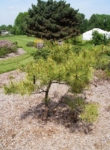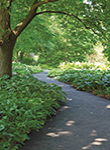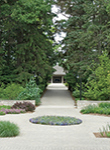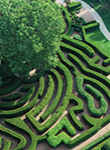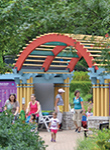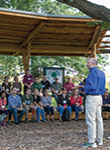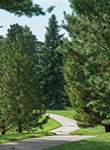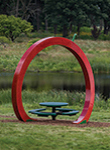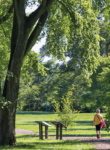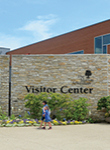Amur corktree is an exotic weed in Illinois. The Illinois Exotic Weed Act prohibits the sale or distribution of this plant in Illinois.
Amur corktree is also a potentially invasive plant. An invasive plant is a plant species that is non-native to the location being considered and whose presence and spread negatively impacts (or is likely to impact) ecological, economic or human health. Data collected at The Morton Arboretum show that Amur corktree is potentially invasive on the Arboretum grounds. This means that the species has established populations that often occur at considerable distance from the contributing collections plants and/or are growing in uncultivated areas on or outside of the Arboretum’s property, or the established populations may be consistently managed or controlled to prevent spread within the Arboretum.
Amur corktree spreads by seed. It can tolerate light shade so it can grow along the edge of woodlands. It can also be found along roadsides and in disturbed sites. This species is native to Asia, but was introduced into the U.S. as an ornamental tree. It is still sold in some locations. Amur corktree can now be found growing wild in scattered areas throughout the Midwestern, mid-Atlantic and New England states. Due to excessive seeding, Amur corktree is able to spread easily and shade out native wildflowers in wooded areas and may even be able to out-compete small native trees and shrubs. This reduces species diversity and alters habitat. The potential to be invasive is limited to the female tree which produces fruit. Male trees do not spread.
There are a number of native and non-native species that could be used in place of Amur corktree. More desirable species may be found using the online Search Trees and Plants page of the Arboretum website. Before purchasing or planting, be sure to check for any local or state guidelines on these species, and ensure that the plant is suitable for its habitat by checking its attributes at mortonarb.org or plants.usda.gov.
- Family (English) Rue
- Family (botanic) Rutaceae
- Planting site Residential and parks
- Tree or plant type Tree
- Foliage Deciduous (seasonally loses leaves)
- Native locale Non-native
- Size range Medium tree (25-40 feet), Large tree (more than 40 feet)
- Mature height 30-45 feet
- Mature width 30-60 feet
- Light exposure Full sun (6 hrs direct light daily)
- Hardiness zones Zone 3, Zone 4, Zone 5 (Northern Illinois), Zone 6 (City of Chicago), Zone 7
- Soil preference Alkaline soil, Moist, well-drained soil
- Drought tolerance Moderately tolerant
- Other tolerances Dry sites, Road salt
- Season of interest early winter, midwinter, late winter
- Flower color and fragrance Inconspicuous
- Shape or form Open, Round
- Growth rate Moderate
- Transplants well Yes
- Planting considerations Aggressive, Messy fruit/plant parts
- Has cultivars Yes
